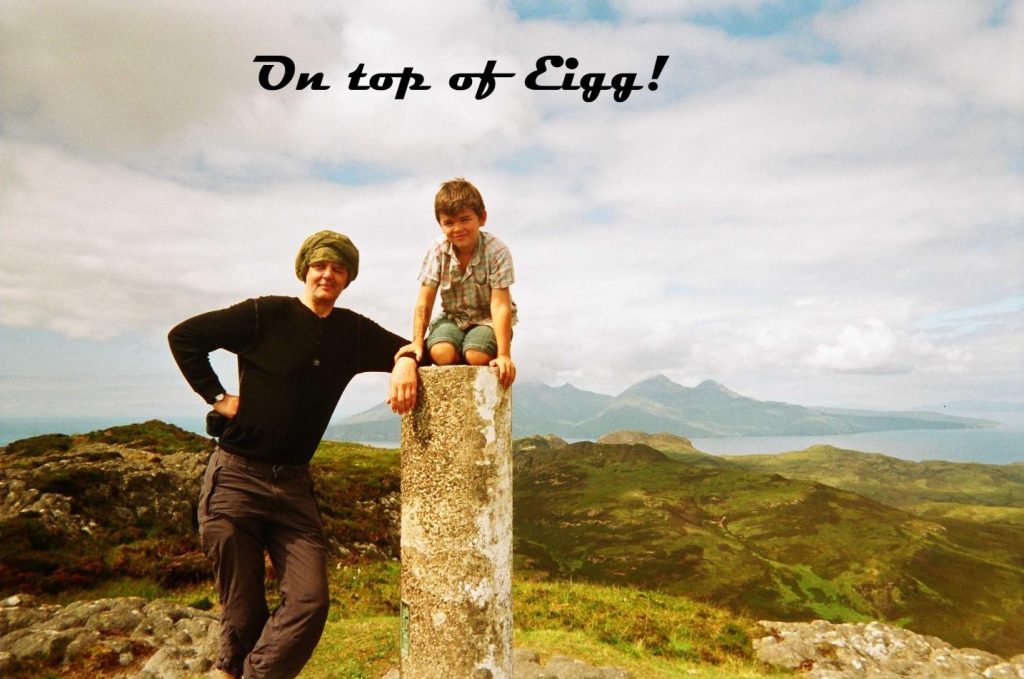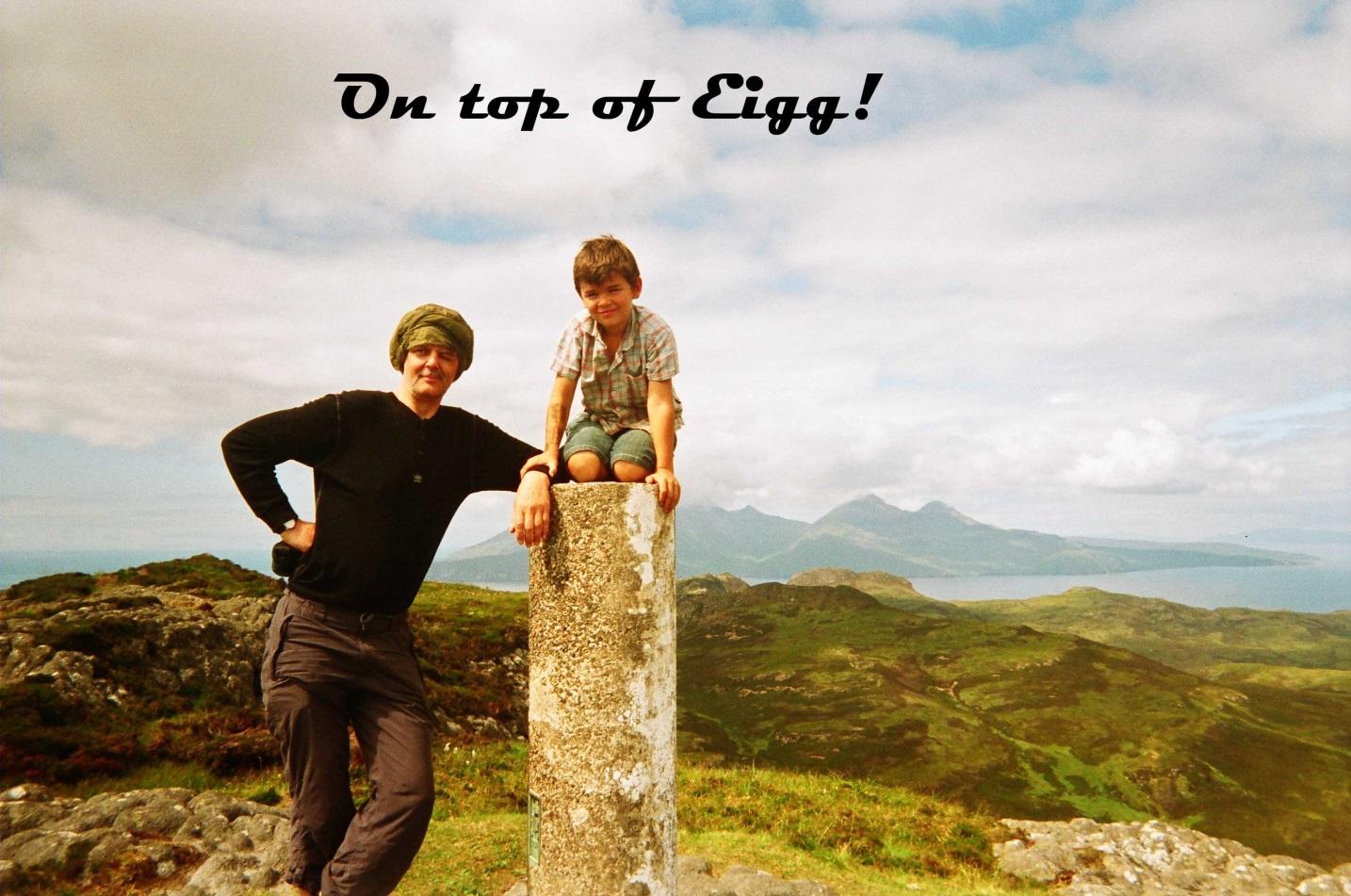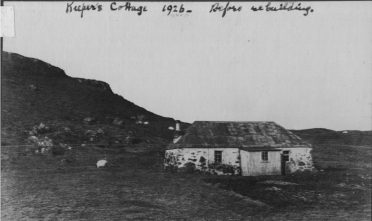For such a small island with such a small population, many books have been written about Eigg. You can check the bibliography. I don’t intend to compete with these books. Some are very good, such as Camille Dressler’s book, Eigg – The Story of an Island (2007). What I attempt to do is describe its rich history and culture based on how I view this island.
Etymological origin of the name ‘Eigg’
Without wanting to refer to a lot of research on this topic, I seem to remember reading that it is believed the word ‘Eigg’ is of Gaelic origin. I think this must be incorrect. The word ‘eigg’ obviously relates to the Norse word ‘egg jar’, meaning edge. In fact, the word is common in Norway today (‘egge’); it is typically used as a surname, place name, and to name various mountains that are ‘sharp edged’.
Any Norse Viking approaching Eigg in his longboat would have pronounced the word ‘egg jar’ on seeing the sharp edge of the An Sgùrr mountain; I’ll call it a mountain, although it is only 400 metres in elevation; but the point is, it rises steeply from sea-level. Moreover, the word ‘hill’ is stigmatising for a Scot, because ‘hills’ are something you find in Southern England!
In fact, there is an outside bet that it was a Norse Viking related to my great grandfather, Roderick the Red (Ruairidh Ruadh) who gave the island its name! On approaching the island in his longship, he probably pronounced the word ‘egg jar’, thus naming the isle!
Brief physical description of Eigg
Eigg is one of the Small Isles in the Scottish Inner Hebrides. It lies to the south of the Isle of Skye. With 12 sq. miles, it is the second-largest of the Small Isles after Rùm. Eigg has been owned by the Isle of Eigg Heritage Trust since 1997 as a community ownership. The population is estimated to be 107, and the average number of annual visitors is 10,000.
An Sgùrr
The island’s centre is a moorland plateau, rising to 393 m (1,289 ft.) at An Sgùrr, a dramatic stump of pitchstone, sheer on three sides. In good weather, walkers who reach the top can take in views of Mull, Coll, Muck, the Outer Hebrides, Rùm, and Skye.
Cleadale (cliff-valley) is located on the fertile coastal plain on the north-western part of the island, which is the main settlement on Eigg. To the south of Cleadale lies the Bay of Laig, known for its quartz beach, called the ‘singing sands’ (Tràigh a’ Bhìgeil); it is called such due to its squeaking noise it makes if walked on when dry.
Despite being such a small island, Eigg has a vibrant history. Living on islands is a common fantasy. Life moves at a slower pace on islands, and you will almost certainly find yourself in a state of relaxation if you visit the island. Smaller islands are more likely to have stable societies. People do not take vacations as frequently as town residents; if you love a peaceful life, Eigg is perhaps a great island for many people.

Here is a photo of me and my son, Alan, on this island.



